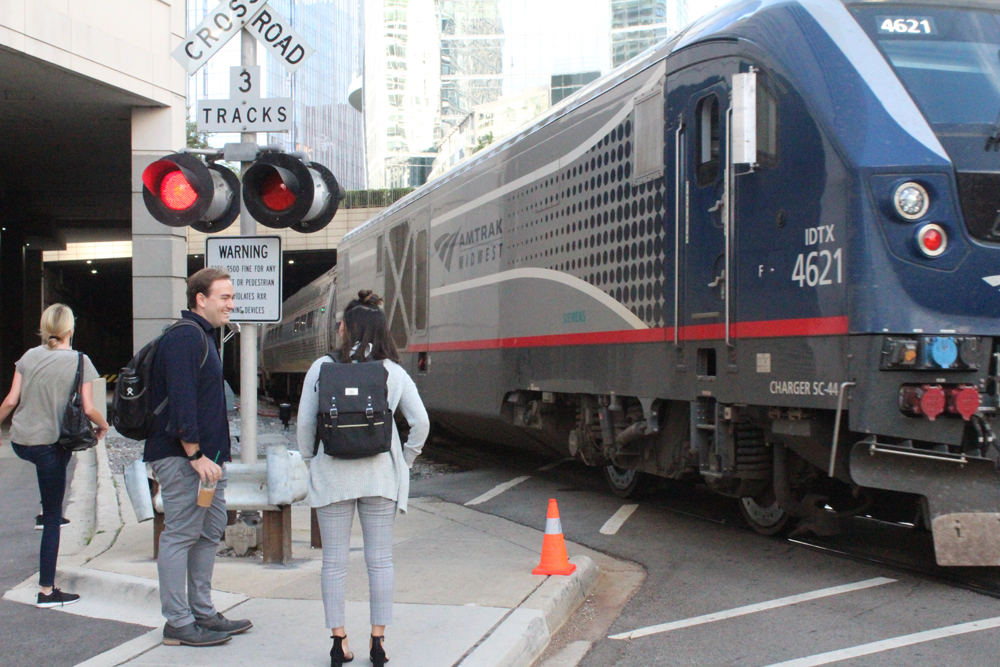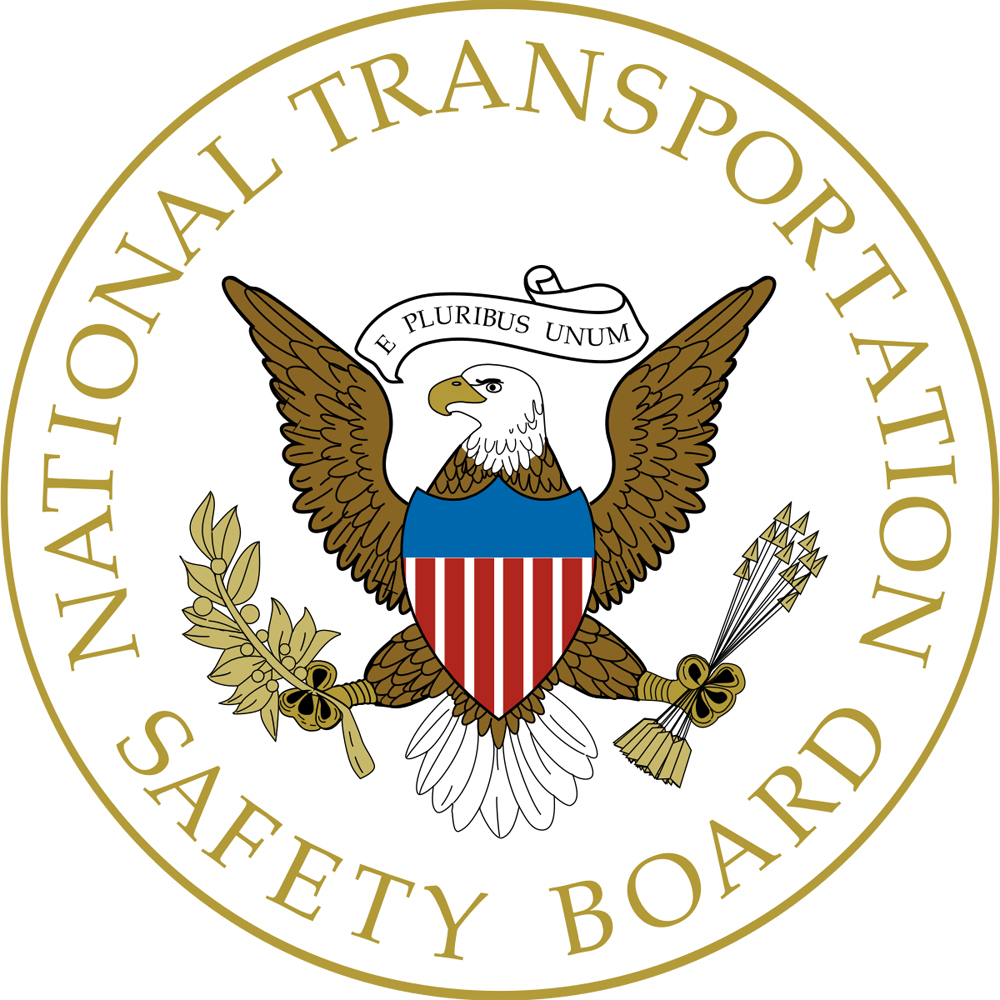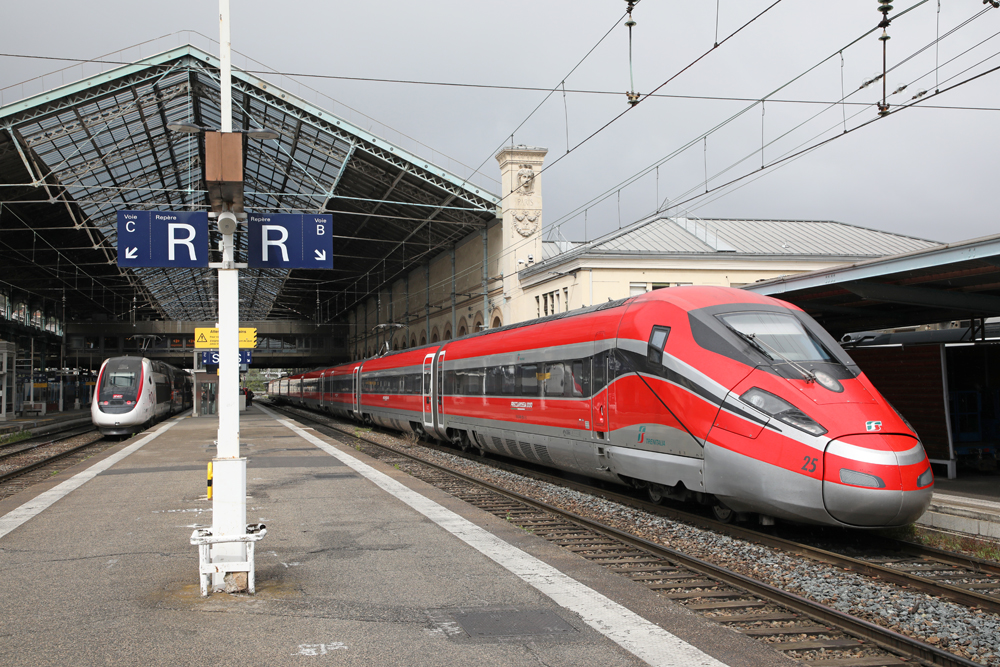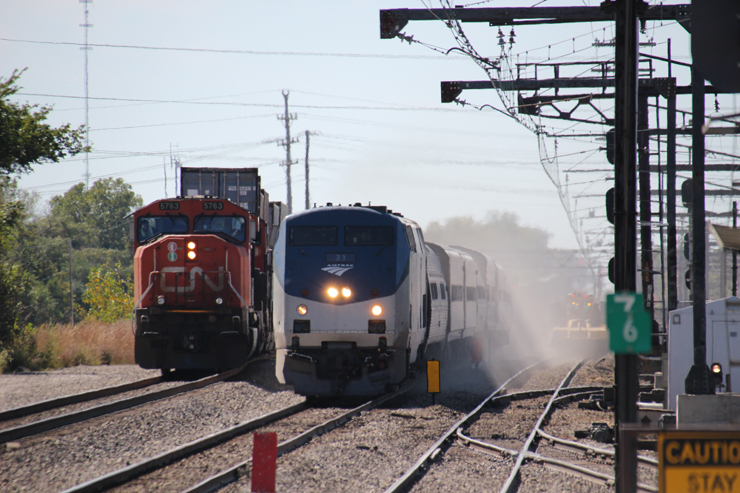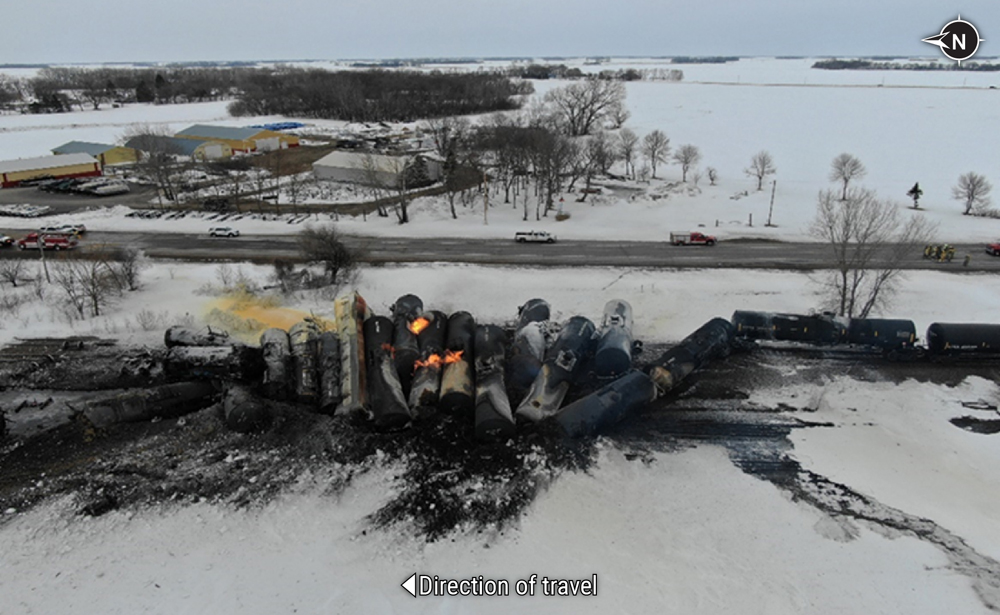
WASHINGTON — A section of fractured rail is being examined as part of the investigation of the March 30 derailment and fire involving a BNSF Railway train in Raymond, Minn., according to the National Transportation Safety Board’s preliminary accident report.
Twenty-three cars were part of that derailment. It involved 10 cars of ethanol, some of which caught fire, leading to the evacuation of about 800 residents [see “BNSF train transporting ethanol derails …,” Trains News Wire, March 30, 2023].
A preliminary report lays out basic facts of the accident but does not set a cause. According to the report released Tuesday, the derailment occurred about 12:58 a.m. in 3-degree weather. It involved a northbound train with two locomotives, 40 loaded railcars, and a crew of four: an engineer, a conductor, a brakeman, and a conductor trainee. The locomotive’s event recorder indicates the train was going 43 mph in an area with a maximum speed of 49 mph. Damage was estimated at $1.9 million.
The report indicates BNSF shipped a section of fractured rail from the scene to its rail lab in Topeka, Kan., for further analysis on April 1.
The NTSB’s on-site examination determined hazardous material was released from five tank cars. Two of those cars were punctured, with their contents catching fire; three other cars released their contents because of thermal damage to gaskets on their manways, the large hatches on the top of the tank for inspection, maintenance, or loading and unloading.
A final accident report can take up to two years to complete.






